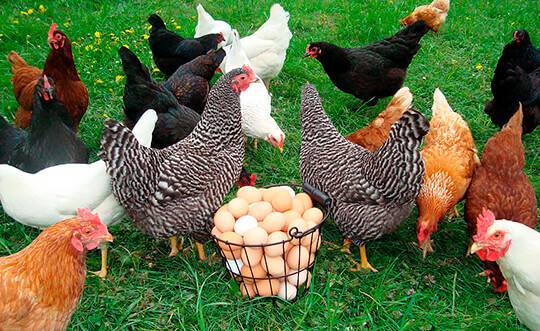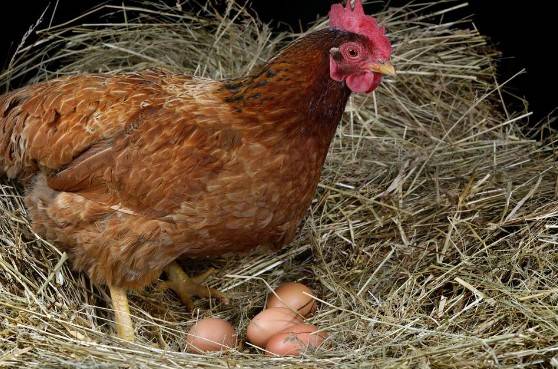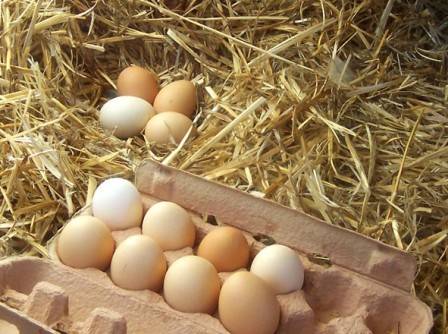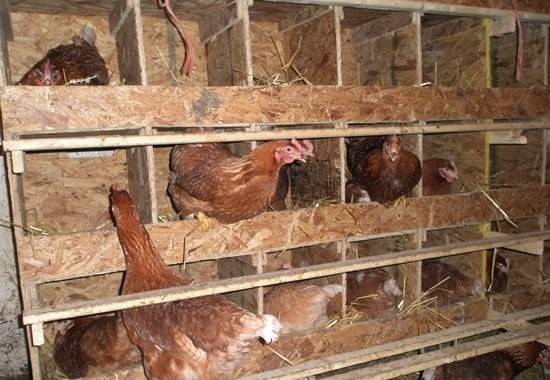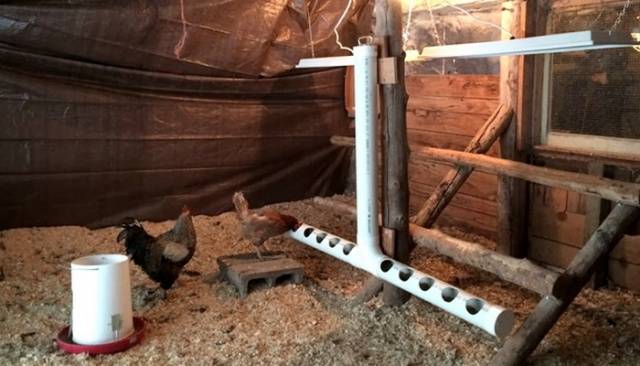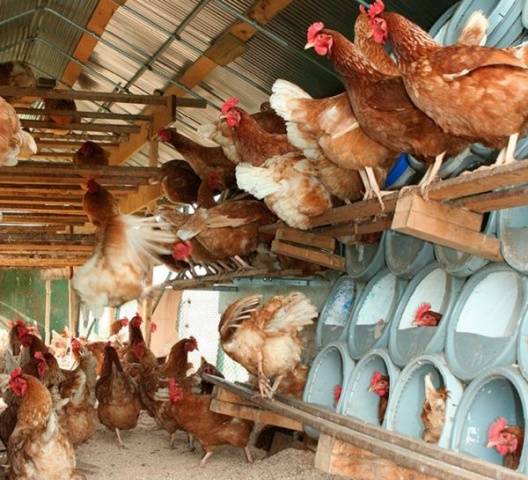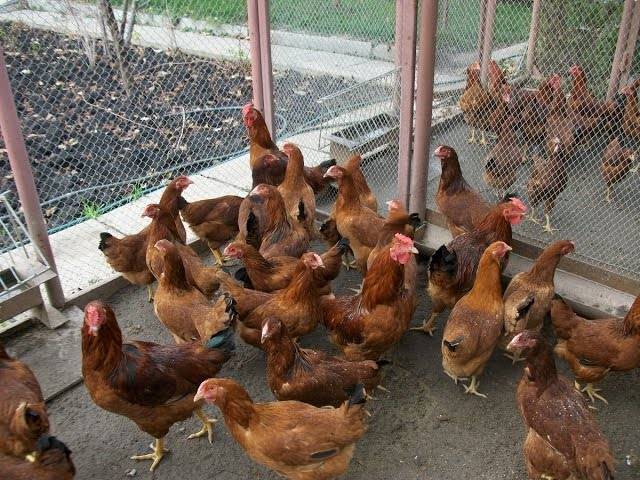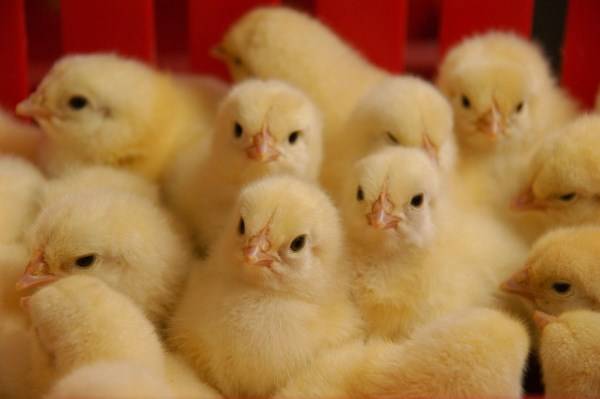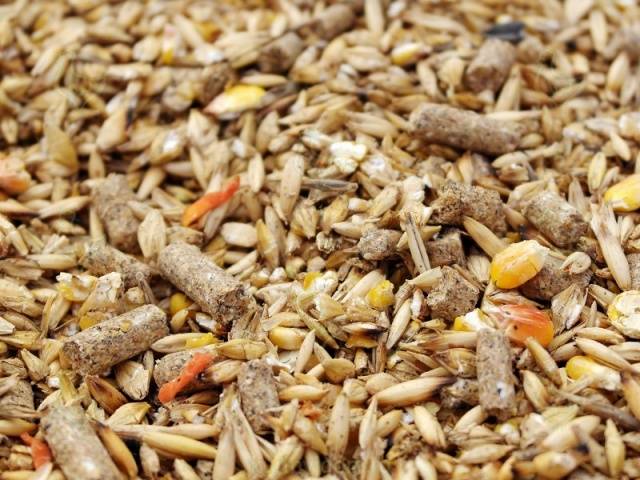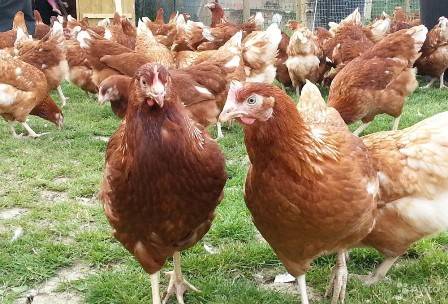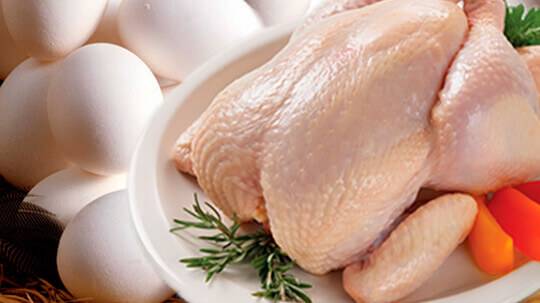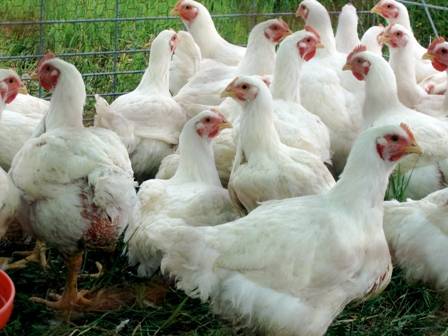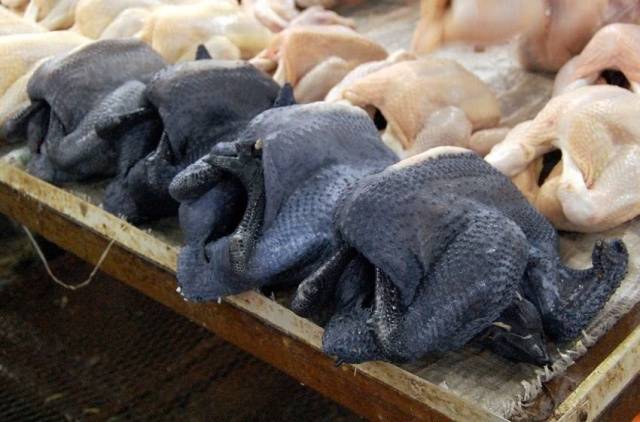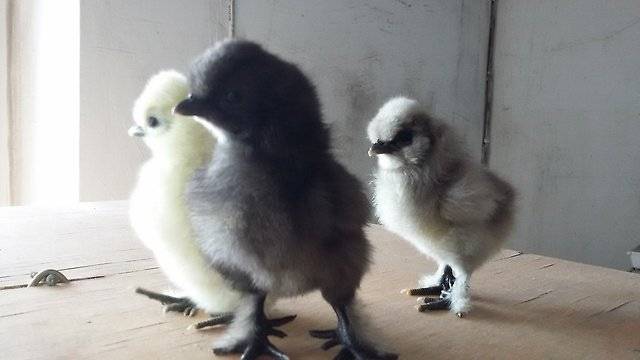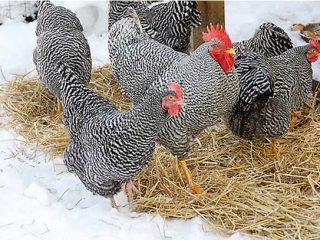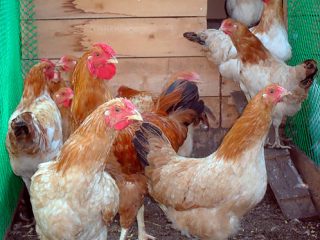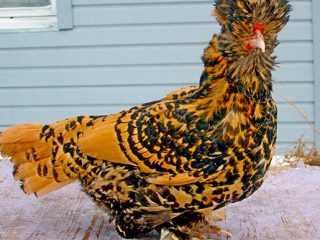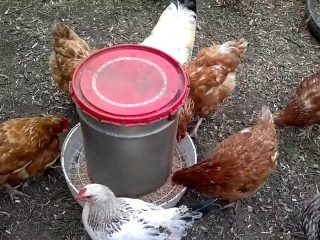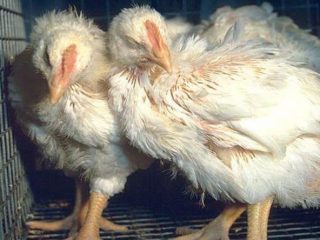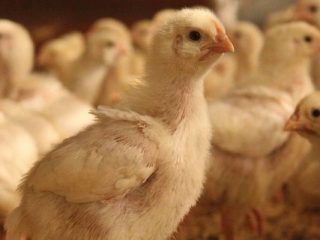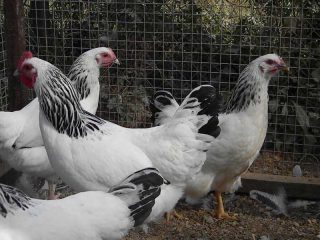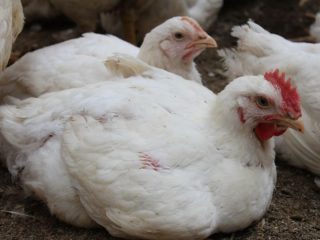Content
From time immemorial, raising chickens to produce tasty and healthy eggs, as well as dietary meat, has been traditional for every village household in Russia. After all, chickens are very unpretentious creatures, capable of finding their own food from early spring until late autumn. The sight of any Russian village with chickens swarming in manure or grass is very traditional. With the advent of industrial poultry farms in cities, the problem of supplying chicken eggs and various chicken products was also completely resolved. But the quality of these products leaves much to be desired. Therefore, fresh, natural eggs from the village have always been and will be in demand, as well as chicken meat, in the cultivation of which special antibiotics and growth accelerators were not used.
For this reason, more and more people are thinking that raising chickens as a business can bring considerable benefits to themselves and others. But business differs from other activities in that it must bring real benefits to its owner, and the more, the better. Is it possible to set up a chicken breeding business and how profitable can it be? These issues will be covered in detail in the article.
First of all, you need to decide on a specific direction.Business is a serious matter, and it is best not to spread yourself thin on everything, but to choose one direction to begin with. Applicable to chickens, there can be three of them:
- Breeding laying hens for eggs;
- Breeding broiler chickens for meat;
- Breeding ornamental or purebred chickens for hatching eggs and selling chickens.
There is also such an idea as egg incubation, but it represents a completely special area of business and will not be considered within the scope of this article.
Breeding laying hens
If you decide to start raising laying hens for eggs as a serious business, then, first of all, you will need a plot of land with a house and buildings. Renting land and building a good chicken coop - the most financially expensive measures, and are unlikely to pay off soon. Therefore, it would be better to think about such a business for those who already have a house on their land and, preferably, some buildings on it that can be converted into housing for chickens. In this case, you will be able to combine business with pleasure, that is, having a constant income from business, at the same time regularly receive natural chicken products, in the form of eggs and meat, for yourself and your family.
Breed selection and conditions
If you decide to start breeding laying hens as a business, you first of all need to choose a suitable breed of chickens. You should choose between representatives of egg breeds.
It is necessary to understand the chicken coop in a little more detail, since its capacity determines how many chickens you decide to start your business with.Experts advise not to purchase thousands of birds at once, but to try your hand at a small number of chickens, for example, about a hundred. If you like the business and everything works out, then you can expand the business to almost an industrial scale.
But this is possible provided there is an additional area for walking chickens, fenced off from predators. It should be adjacent directly to the chickens’ home and the chickens should have a free passage from the chicken coop so that they can easily go for walks during the daytime. Thus, to breed one hundred chickens for eggs, the barn area must be 25 square meters. Some use laying hens to be kept in cages, but while this is quite acceptable for raising boilers, laying hens need walks for good health and high egg production. In addition, the eggs of chickens that spend a lot of time outdoors will differ in composition from those that are constantly kept in cages. After all, this is exactly how chickens are raised in poultry farms. In addition, cells need to be either purchased or made independently. And this is an additional waste of money and time.
The inside of the chicken coop must be insulated so that the chickens can lay eggs all year round. The most comfortable temperature range for them is from -2°C to +25°C.
It is also necessary to equip the chicken coop with feeders and drinkers. But to save money, they are quite easily constructed independently from scrap materials: wood, plastic bottles, pipes, etc.
For good egg production, chickens also need sufficient lighting. It is best to provide a combination of natural and artificial lighting.Then you can save a lot on the latter. Chickens need at least 12-13 hours of daylight.
The room for chickens must be equipped with good ventilation. To protect against rodents, ventilation openings must be covered with reliable grilles. Regular disinfection and cleaning of the chicken coop (once a week) will help protect chickens from various infections. To simplify these procedures, it is advisable to whitewash the walls and ceiling with lime.
Inside the chicken coop, at a height of 0.5 meters, you need to install perches at the rate of 10-15 cm per chicken. It is also necessary to construct nests in which the chickens will lay eggs. You can use ready-made plastic or wooden boxes. On average, one nesting place is required for 4-5 hens.
Business plan for laying hens
Before starting any business, you need to have a detailed action plan. This is especially important for beginners. Below is a detailed business plan for breeding laying hens, which you can read completely free of charge.
So, it was decided that for the first time land and premises for chickens were available.
There are three options for breeding chickens for eggs:
- Buying day-old chicks and raising them yourself until they begin laying eggs;
- Buying one-month-old chickens and raising them independently until the first eggs appear;
- Purchase of 3-4 month old young chickens.
Average egg breed chickens They begin to lay eggs at 4-5 months. If you plan to recoup your investment as quickly as possible, then the latter option is best for you. But these chickens are not so cheap.Maybe it would be more profitable to buy day-old chicks and tinker with raising them in order to save money? You just need to take into account that the actual survival rate of day-old chicks is, at best, 70-80%.
Below is a table showing all three options for keeping and feeding laying chickens up to 5 months. Prices for feed and poultry are taken as the average for Russia for 2017.
| Day old chicks | Month old chicks | 3-4 month old chickens | |
| Cost of buying one chicken | 50 rub | 100 rub | 300 rub |
| How much feed does he consume per day? | 50 gr | 100 gr | 120 gr |
| Cost of 1 kg of feed | 20 rub | 18 RUR | 18 RUR |
| Cost of maintaining (feeding) one chicken per month | 30 rub | 54 RUR | 65 RUR |
| Survival at 5 months | 70-80% | 95% | 100% |
| Feed costs up to 5 months | 30r + 216r = 246 rub | 54px4 =216 rub. | 65 RUR |
| Total cost by 5 months | 50+246 = 296 rub. | 100+216 = 316 rubles | 300+65 = 365 rub. |
In total, the savings are small, but due to the lower survival rate of day-old chicks, the cost of all three options is approximately the same. Obviously, in order not to bother with raising small chickens, it is better to immediately buy 3-4 month old birds, which, depending on the breed and condition, can hatch within a month.
If you purchase hundreds of chickens, the initial investment will be 36,500 rubles.
In the future, it will cost about 65 rubles to feed one chicken per month. Of course, in the summer this amount may decrease due to a large amount of pasture, but it is better to make calculations based on the maximum costs than to be disappointed later. To feed one hundred chickens a month it will cost about 6,500 rubles.
Within a year after they are laid, laying hens of a good breed are capable of laying up to 300 eggs each.This figure is based on the molting period, which lasts from one to two months each year, during which hens do not lay eggs. The average cost of one egg is currently about 7 rubles.
Thus, if we assume that each hen produces about 25 eggs per month, then the average income from one hen per month will be 175 rubles. The income from one hundred chickens per month will be 17,500 rubles. And in a year it will be 210,000 rubles.
If we subtract the cost of feeding for the month from 17,500 rubles, we get 11 thousand rubles. One thousand rubles is deducted for various additional expenses.
In total, the net profit per month from one hundred chickens is 10 thousand rubles.
For a year it turns out to be about 120 thousand rubles. If you calculate the profitability of this business based on the production profitability formula, you can get the following: purchase costs add up to maintenance costs. It turns out 36500 + 6500x12 = 114,500 rubles. In total, after a year, all costs were recouped and there was even a small plus, that is, the profitability of this business was about 54%.
Broiler breeding
When setting up a business that involves breeding broiler chickens for meat, there are some peculiarities. First of all, this business has a much faster payback because the boilers are raised for only two months, after which they are slaughtered for meat products. On the other hand, on average, broiler chickens are more demanding of their living conditions than laying hens, and mortality among chickens in the first days of life can reach 40-50%.
Usually they buy day-old broiler chicks.The cost of one chicken is approximately 50 rubles. During two months of fattening, one broiler eats about 6.5 kg of special feed. If you save on feed and feed your broiler grain and herbs, then there will be no point in growing it at all. The broiler will not gain its required weight by two months. A good broiler should weigh about 3 kg by two months, so that the net weight of meat from it will be about 2 kg.
Considering the average cost of feed for broilers, it is necessary to spend about 160 rubles in two months to fatten one chicken.
The cost of 1 kg of meat is about 250 rubles. This means that from the sale of one broiler you can get about 500 rubles. At the same time, having invested 210 rubles in it. In total, you can get about 290 rubles in net profit from one broiler chicken. It turns out that if you purchase hundreds of broiler chickens, you can get 29,000 rubles in net profit from them in two months.
Of course, there are many special drugs and vitamins that help raise broilers with virtually no losses (up to 95%), but they represent a considerable additional financial investment. In addition, much depends on the quality of the broiler chickens themselves. It is for these reasons that many people hesitate to get involved in breeding broiler chickens as a business, but are happy to raise them for themselves.
Breeding purebred chickens
Among the many ideas related to chicken breeding, one type of business deserves attention, based on obtaining hatching eggs and chickens from purebred chickens, usually for decorative purposes.Of course, it makes sense to do this type of business near major cities, since ornamental birds are usually bought mainly as a hobby or as pets. They usually have little connection with egg production or breeding for meat. Nevertheless, there are exceptions. For example, Pavlovian chickens, despite their status as the most beautiful chickens in the world, they lay eggs quite well and have the most tender, delicious meat. And among the famous Chinese silk chickens, the dark-colored meat has so many healing properties that it even cures many diseases.
Using silk chickens as an example, we can consider the possibility of starting a business based on their content. The fact is that, despite their exotic appearance, these chickens do not require any special living conditions. They will be quite content with an ordinary chicken coop with the usual conditions for laying hens, which were discussed above.
They are also unpretentious in feeding and all the calculations associated with laying hens can be used for Chinese silk chickens.
In addition to its delicious and medicinal meat, silky chickens can also be used for shearing fluff. This procedure can be carried out once a month, obtaining up to 75 g of beautiful fluff from each chicken.
Silk chickens are also excellent brood hens, so it is possible at first not even to use an incubator to hatch their chicks.
Basic data on silken chickens is as follows:
- In a year, one silkie hen can lay about 100 eggs;
- A chicken begins to lay eggs on average at 5 months;
- The live weight of a chicken is about 1 kg, a cockerel weighs about 1.5 kg;
- For every ten hens you must have one rooster;
- The average hatchability of chickens from eggs is about 85-90%;
- Out of a dozen chickens, the ratio of hens to roosters is approximately the same 5x5.
It should only be taken into account that calculating the profitability of this business is much more complex, since both adult birds and chickens, as well as hatching eggs, will be sold.
Moreover, the hardest part of this business will be finding reliable distribution channels since the products are quite unconventional.
The table below presents the basic calculations for purchasing, maintaining and making a profit from silk chickens, when purchasing their hatching eggs, day-old chicks and adult birds. It should be noted that when purchasing hatching eggs without the chickens themselves, you will need an incubator.
| Purchasing hatching eggs | Purchasing day old chicks | Buying adult chickens | |
| Cost of one unit | 200 rub | 300 rub | 1500-2000 rub. |
| Costs per month per unit | No – appearance of day old chicks | 30 rub | 54 RUR |
| Costs after a year | 246r + 324r = 570 rub | 624 RUR | 648 RUR |
| Total costs after a year per 1 unit | 770 RUR | 924 RUR | 2148 RUR |
| Possible profit in a year | 40 eggs: 30,000 rubles + 2000 rubles + 3000 rubles + 45,000 rubles = 80,000 rubles | 50 eggs: 45,000 rubles + 2,000 rubles + 3,000 rubles + 45,000 rubles = 95,000 rubles | 100 eggs: 75,000 rubles+5000+7500 =87,500 rubles |
The possible profit is that 50% of the eggs received will be raised into adult birds for sale, and half of the remaining eggs will be sold as hatchers and day-old chicks.
Considering that the hatchability from eggs is only 85-90%, and the survival rate of young animals is also approximately 90%, then the possible profit after a year is approximately the same in all three cases. But in the third case, the amount of initial investment is quite large, especially when purchasing a large livestock, from 10 individuals. Obviously, this type of business is the most profitable, the only problem is the issue of sales.
Let's sum it up
In conclusion, I would like to note that raising chickens is a fairly profitable business, although the larger the volume, the more difficult it is to comply with environmental standards for keeping chickens. Therefore, the best option would be to create a small mini-farm, with a total number of birds of no more than several hundred birds. A larger quantity will require the use of hired labor, which will reduce the already low profitability of production. The most profitable business is breeding ornamental and rare breeds of chickens, but the main obstacle is finding distribution channels for the products.
